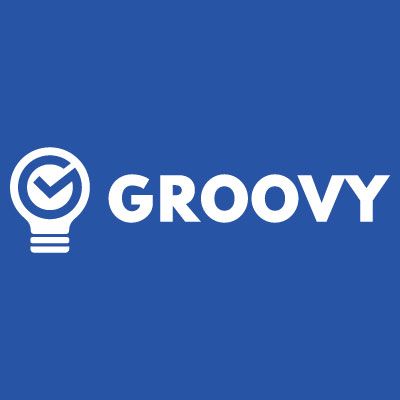336 reads
Tips to Improve Mobile App Conversion Rates in 2022
by
January 6th, 2022
Audio Presented by

Groovy Web serving startups, enterprises, and government agencies with web, mobile app & custom software services.
About Author
Groovy Web serving startups, enterprises, and government agencies with web, mobile app & custom software services.